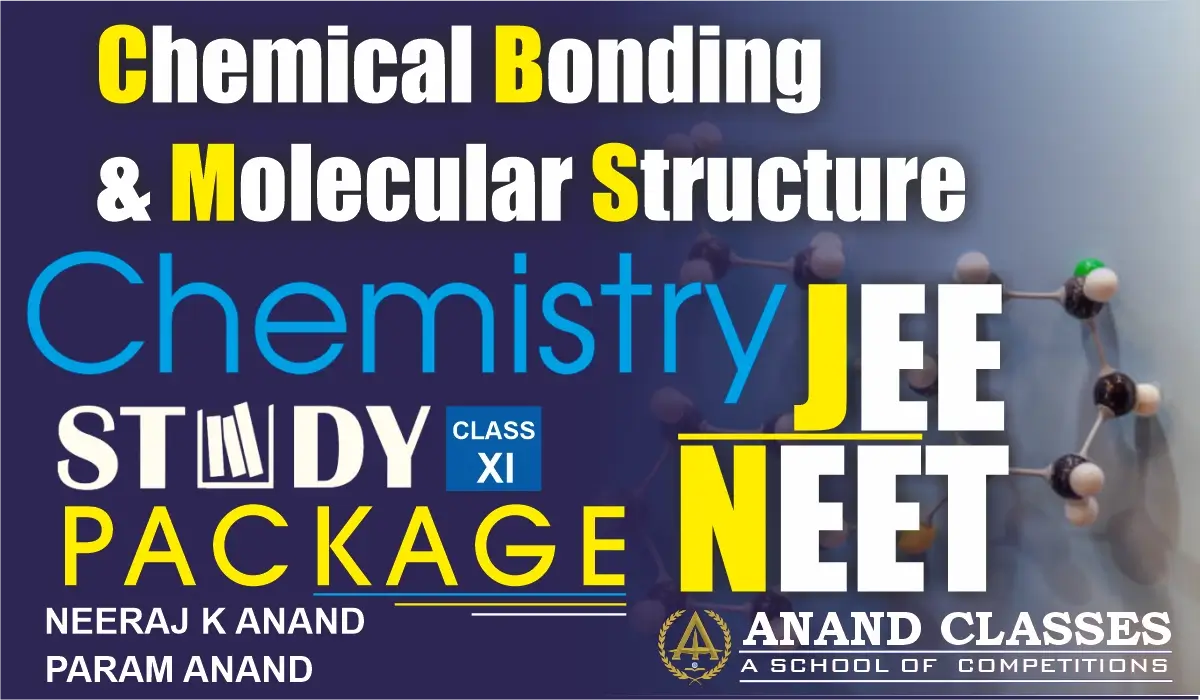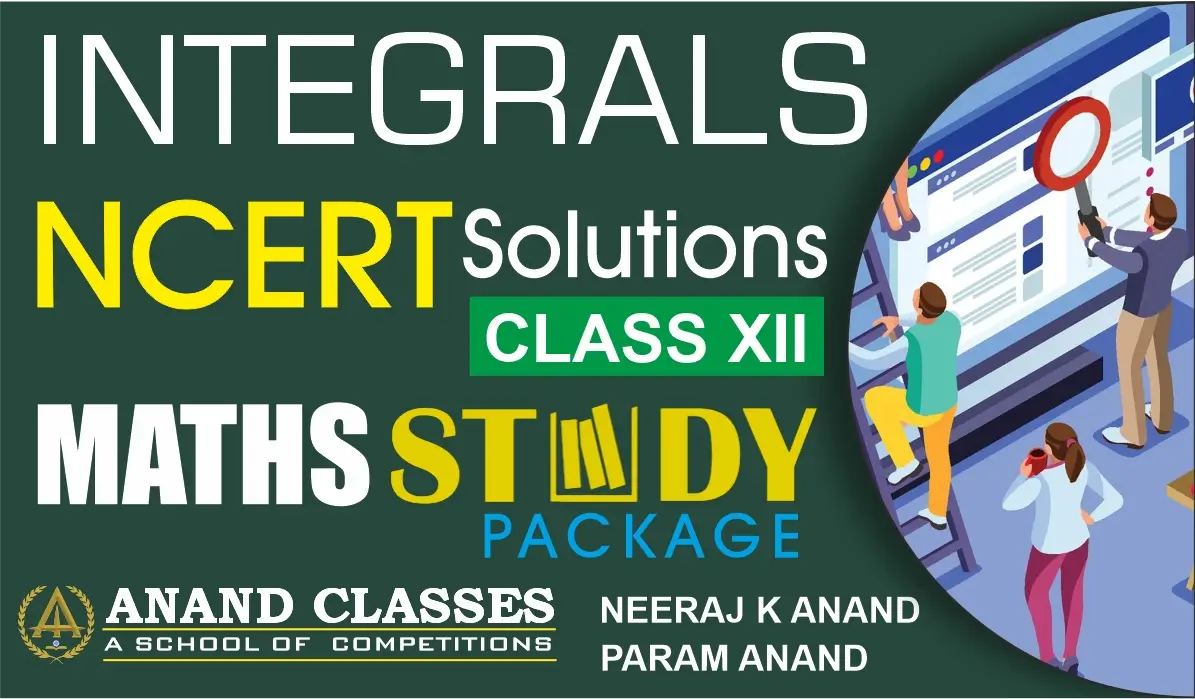Molecular Orbital Theory (MOT) – Bonding and Antibonding Molecular Orbitals | Differences, Explanation
Anand Classes provides a clear and detailed explanation of the Molecular Orbital Theory (MOT), focusing on the formation of bonding and antibonding molecular orbitals. Students will understand how atomic orbitals combine to form molecular orbitals, the concept of bond order, magnetic properties, and stability of molecules. This topic is crucial for mastering modern chemical bonding concepts and is supported with diagrams, solved examples, MCQs, Q&A, Assertion-Reason, and Case Study questions for Class 11, Class 12, JEE, and NEET chemistry preparation. Click the print button to download study material and notes.


